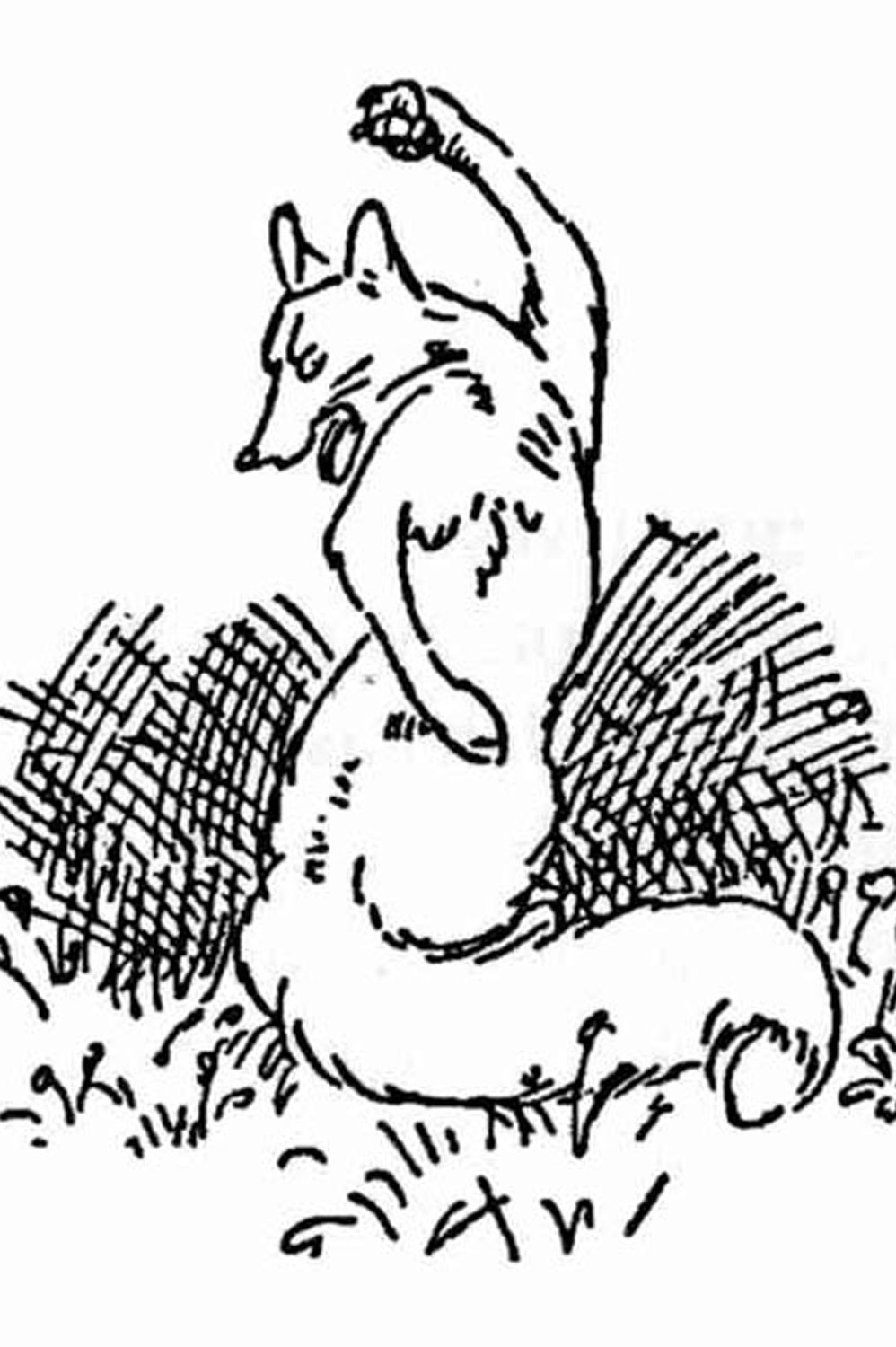The History of the Vixen
by Kim Dragelevich

On April 7, 1920, the Prague newspaper Lidové Noviny printed the first words of its newest serialized illustrated story: Nearby, on the slope facing Black Glen, a blessed fox family lay resting after breakfast. Little did it or its readers know that the story would become a novel, radio adaptation, winner of a state prize and an opera still relevant in modern repertory.
At the time, Dr. Bohumil Markalous, the owner of the newspaper, had been looking for something to run during a time when papers were beginning to publish comic strips. After discovering illustrator Stanislav Lolek’s sketches of a forester and fox, Markalous bought them and tasked one of his staff writers, Rudolf Těsnohlídek, with creating a story around them. The resulting mix of fairy tale and satire was called “Liška Bystrouška” (“Vixen Sharp-Ears”). It was the story of a baby vixen brought home one night by a drunken gamewarden as a gift for his grandson. The kit soon proves to be ill-suited as a pet and eventually flees for the forest, where she has many adventures on her way to adulthood. The lighthearted tale only ran for two months, but the comic proved to be a wild success, surprisingly popular with adults and children alike.
A year later Leoš Janáček, already a famous composer and a regular reader of the paper, was inspired to turn it into an opera. He renamed it “Příhody Lišky Bystroušky” (“The Cunning Little Vixen”), added Moravian folk music and elevated an emphasis on the cycle of life and death, but beloved elements of the original story—themes of humor and heartache, freedom and survival—still shone through at the opera’s premiere in 1924.